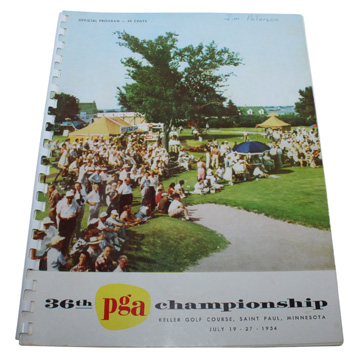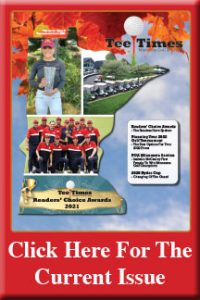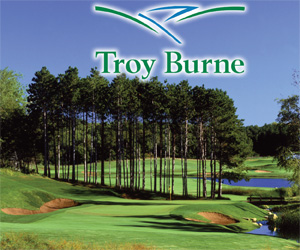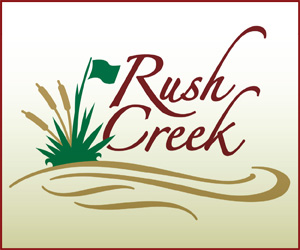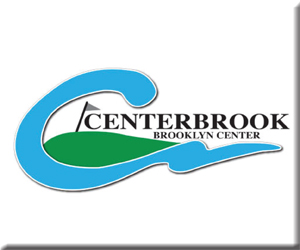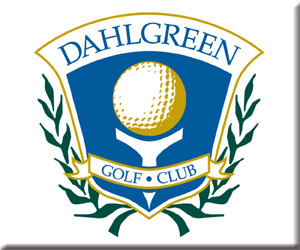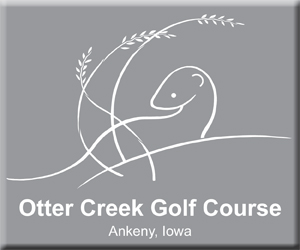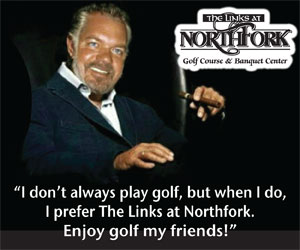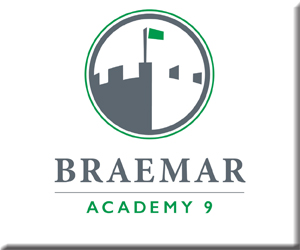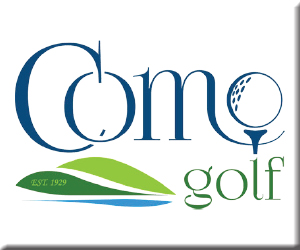Stop, Start And Forging Ahead
By Rhett Arens
The fourth installment of the Minnesota Golf History series will cover the 1940’s and 1950’s. This slice of the 20th century was a roller-coaster ride of World War, mobilization of the war support effort, global alliances, propaganda, post-war elation, maternity wards full of baby-boomers and the inklings of a resurgence in golf interest as players enjoyed the financial windfall of the post-war economy. Golf course development was essentially at a standstill through the 40’s and into the 50’s. That doesn’t mean there was a complete absence of Minnesota golfing milestones, but they were few and far between in this period. As the dancing 1950’s unfolded with the help of Elvis, Buddy Holly, Carl Perkins and a host of other barnstorming, ballroom rockers, people wanted to let loose, and that included golf swings.
Between 1940 and 1945 only 11 golf courses opened their doors. Interestingly only about half of those are still in operation today. Another 10 opened between 1946 and 1950 including Pipestone Country Club and the majestic, James J. Hill project, the North Oaks Golf Club. As the 50’s kicked in course development maintained a restrained pace. A number of well-known courses still in operation and still challenging their patrons from the 1950’s includes: Theodore Wirth, Glencoe, Madden’s, Goodrich and Wayzata Country Club, all names most of us will recognize or have played. A total of about 20 courses opened during this 10-year period bringing the state’s overall total to about 160 courses, this includes everything from 9 hole courses, courses closed and courses under a new name after renovations. In general, this 20 year increment was a slow period for the Minnesota golf industry.
With that said, a handful of courses continued to expand their reach and visibility. Among those, Keller Golf Course kept the hosting wheels turning with a busy schedule of important events, especially the PGA’s St. Paul Open. The St. Paul Open had a great run, playing every year between 1940 and 1960, except ‘43 and ‘44 due to World War II, no surprise given that even the Master’s at Augusta was put on hold. Keller also hosted the PGA Championship in 1954 in which Chuck Harbert won the match play championship, 4 & 3 over the defending champion Walter Burkemo. Imagine this, the winner’s share was $5,000 and the runner-up’s was $3,000. Not exactly what is happening today is it? That would be roughly $47,000 in today’s dollars, thank you Tiger!
Other notable events during these decades included the The Walker Cup, which was hosted by the Minikahda Club and featured the USA Team defeating the Irish/Great Britain combined team 8-3 in match play in 1957. Jack Nicklaus made his Minnesota playing debut as an amateur in 1959 at Woodhill Country Club in Wayzata. The then 19 year-old went on to win the Trans-Mississippi Amateur at Woodhill which has been an annual showcase for young talent since 1901. Yep, almost 120 years!
Other national events of note outside of the Keller tournaments was the PGA Championship at Minneapolis Golf Club where Bob Rosburg carded a 66 on the final day to win by one shot. The U.S. Women’s Open was hosted by Northland Country Club in Duluth in 1956 and was won by Kathy Cornelius in an 18 hole playoff over Barbara McIntire. Of special note is the 3rd place finisher – a Minnesotan and giant of Minnesota golf history, Patty Berg. Much more on Patty Berg later. Rounding out key tournament play in this period was a number of Women’s and Men’s Junior and Amateur tournaments at various top-notch Minnesota courses including a return to action at Town and Country Club in 1951. The flurry of late ‘50’s tournament play would be a preview of the decade to come when bulldozers and caterpillars would finally be unleashed in a build-out frenzy. More on that in the next segment.
On a local player level, the Minnesota State Open continued its stellar run through the 40’s and 50’s with several notable amateurs and professionals participating. These included Les Bolstad of the U of M program, Wally Ulrich of Austin, Minnesota who had one PGA win in 1954 at the Kansas City Open (he ultimately won four Minnesota State Open’s during his playing career). However, at the top of the winners list was Highland Park amateur Joe Coria. He won the event a record seven times and finished runner-up five more times during his prestigious, local career. In addition to Bolstad and Coria was other Minnesota Golf Hall of Famers Pat Sawyer, George Shortridge and Ron Benson who each won three times. This event was certainly a measure of the high quality of golf being played on the local scene in Minnesota and one that would continue into the future with the likes of Tom Lehman.
LPGA Champion and fellow Minnesotan Patty Berg is among the handful of Minnesota born golfers to leave their mark on a national and international level. Her 15 Major Championships remains the all-time record for most Major wins by a female golfer. She had a total of 63 professional wins, which ranks her number 4 on the all-time list. In a word she ‘dominated’ the 1940’s, 50’s and 60’s.
Patty was born and lived a good portion of her life in Minneapolis. She had her start in golf at the early age of 13. Her amateur career kicked off by winning the Minneapolis City Championship and then the following year the state amateur title.While attending college at the University of Minnesota, she came to national attention by reaching the final of the 1935 U.S. Women’s Amateur. She eventually went on the win the Titleholders in 1937 and in 1938 as well as the U.S. Women’s Amateur and the Women’s Western Amateur. She was selected as the Associated Press Woman Athlete of the Year in 1938 (the first of three times she earned that honor). She was clearly ready for her entrance into the professional ranks when she went pro in 1940.
Her professional career continued steadily through the 40’s, 50’s with her last victory coming in 1962 at the age of 44. She championed the growth of women’s golf having conducted over 16,000 clinics in her lifetime under the whimsical moniker “The Patty Berg Hit Parade.” By her own estimate, she introduced the game of golf to over a half-million new players. She received numerous awards and honors during her playing career and post-playing years among those are the Bob Jones Award in 1963 (the highest honor given by the USGA) and the Old Tom Morris Award in 1986 (the highest GCSAA honor). In 1978 the LPGA established the Patty Berg Award. If you ask historians and knowledgeable stewards of the game which Minnesota player has had the most impact on the game, the unanimous answer is Patty Berg.
No historical look-back at this 20 year period in Minnesota golf would be complete without Patty Berg, the two PGA Championships in ‘54 and ‘59, the stifling effects of World War II and the subsequent slowdown in expansion and golf course development that followed in the post-war years. All of that was about to change as the 1960’s turned the corner into a new world of cultural complexity and a massive build-out in the number of courses Minnesota player had at their disposal. The next installment in this series will outline the staggering growth from 1960 through the ‘70’s, the key players both home and abroad, and more Minnesota events on the global stage.
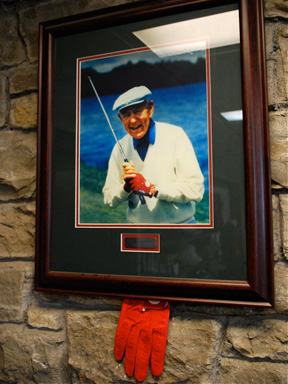
Picture of Les Bolstad and his red golf glove that hangs in the clubhouse at the University of Minnesota Golf Course
